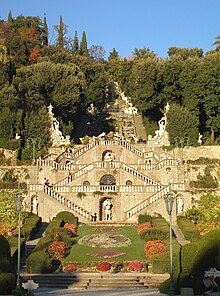
The http://ambler.temple.edu/arboretum/learn best time to begin landscaping and planting trees, shrubs, and perennials is in the months of April and May. These spring months will give your plants the opportunity to grow and acclimate during the summer and fall. However, the next best time to begin landscaping is the fall. Always remember to avoid the winter months due to potential freezing of the ground.
Here are some helpful tips if you do attempt a fall landscaping project:
- Mulching: Insulating the roots with a few inches of mulch will conserve the plant roots and allow them to survive during the fluc tuating temperatures.
- Watering: Water your plants frequently in the fall. Hydrating your plantings Sprinkler System Installation will help them survive the cold, dry winds in the winter months.
- Pruning: Removing broken, dead and weak branches will allow for the plant to be less affected by the damaging winter climate.
Learn more and join the conversation on the Ally Bank Straight Talk Blog.
Source: http://www.nativelandscaping.net/the_best_time_of_year_to_plant.html
http://abcnews.go.com/GMA/true-false-summertime-best-time-landscape-home/story?id=14580470






























